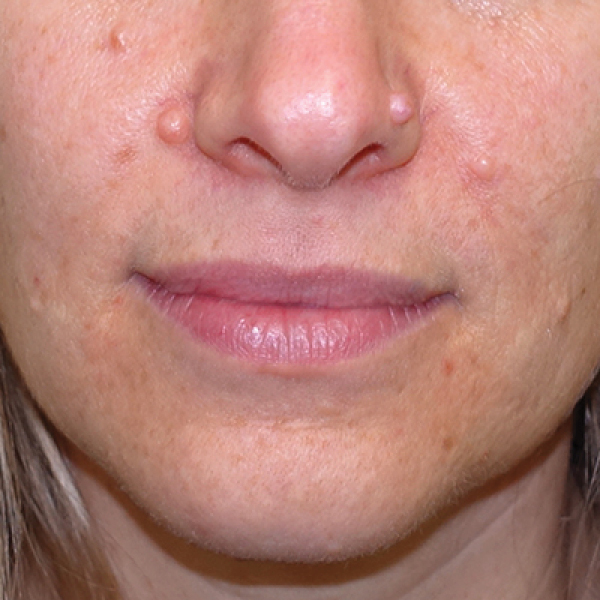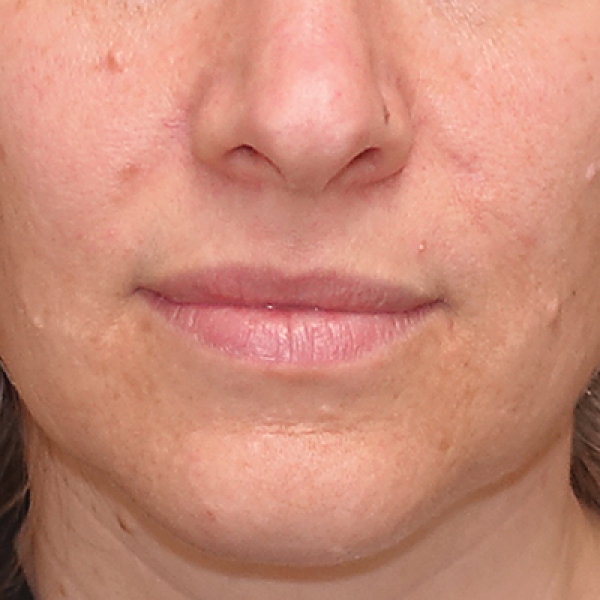A mole, or nevus, is a benign (non-cancerous) collection of pigment-producing cells (melanocytes), which are cells that make a substance called melanin. Moles can occur anywhere on the skin, and can be present since childhood or appear later on in life. Some people have moles that they love. Others have ones they are less fond of. When these pigmented lesions are in areas that make them more noticeable on the face or body, patients often request to have them removed. In general, incisions are made in natural creases in conjunction with the relaxed skin tension line to help hide them as best as possible.
LESION PROCEDURES, VANCOUVER
Mole Removal
Facial and Body Mole Removal
Mole Considerations
Often times patients can be concerned about moles over time. The most worrisome features to look out for include, increasing size, change in colour, bleeding, pain, and/or any other suspicious change. If you have any of these features, you should see your family physician, or dermatologist more urgently for review.
An important consideration with mole removal is that you are trading a pigmented spot for a straight-line scar that will be slightly longer than the original mole. Sometimes a staged-procedure is performed if the mole is very large, as this will help reduce the length of the overall scar and decrease tension on the incision. The goal is to make your incision as unnoticeable as possible, however, early on the scar will appear very obvious may even be red or pigmented, and even bumpy and firm. Over time, the scar will soften and will continue to fade over the first year. Makeup can be worn two weeks after your procedure to help conceal the scar while it matures.
What To Expect With Removal and Recovery
Facial and body mole removal is performed under local anaesthetic in a private minor surgery procedure room. You will be able to go home after the procedure. In general, most patients recover well over the first day, and can return to work and regular activities that day if desired. You can shower the day after the procedure and it is ok to get the incision wet. The sutures are removed after 5-to-6 days if they are on the face. Sutures placed to the body often do not need to be removed, and will dissolve over time. All of the important scar management modalities will be reviewed during your follow-up visits.
Dr. Adelyn Ho would be happy to discuss if you are a good candidate for mole removal, and will try to achieve a scar that is as unnoticeable as possible. Take a look at the photo gallery for some before and after examples. To take the next step to have your mole removed, request a consultation with Dr. Ho by calling our office at 604.273.1034 or contact us through the website to schedule an appointment. We look forward to hearing from you.

